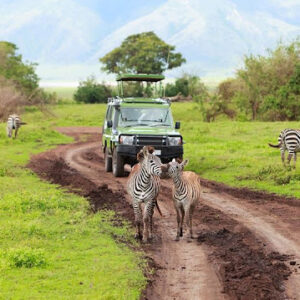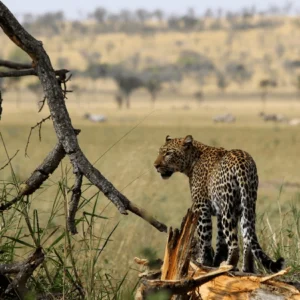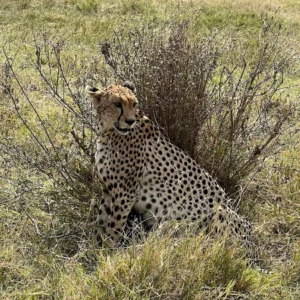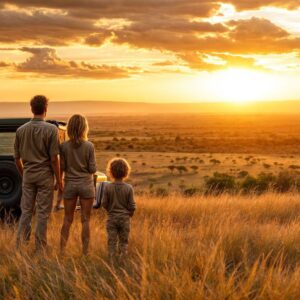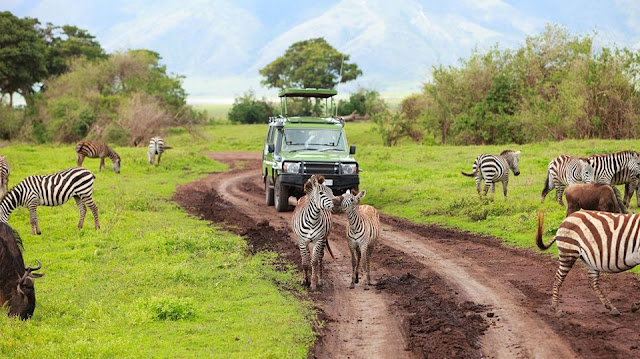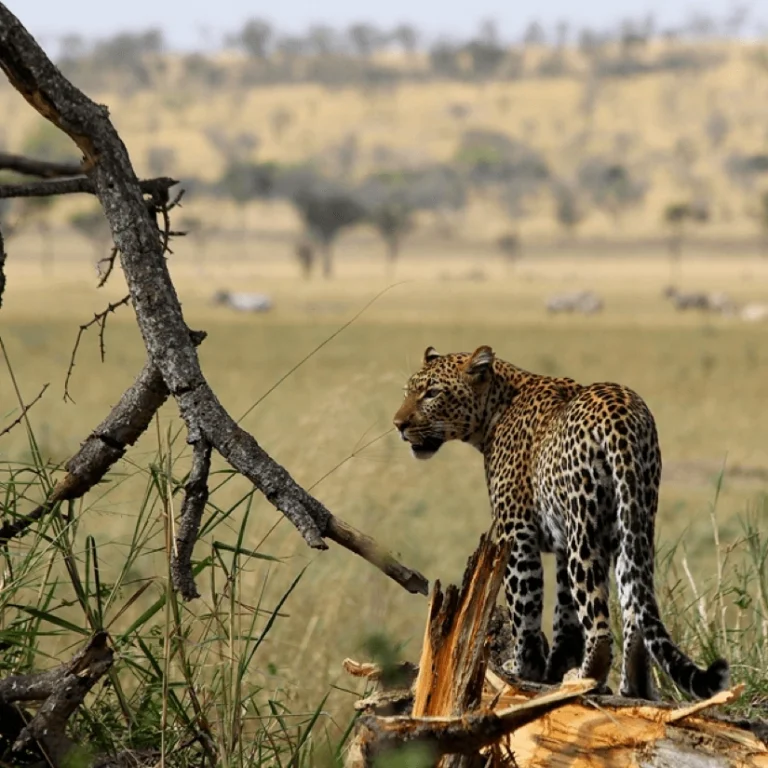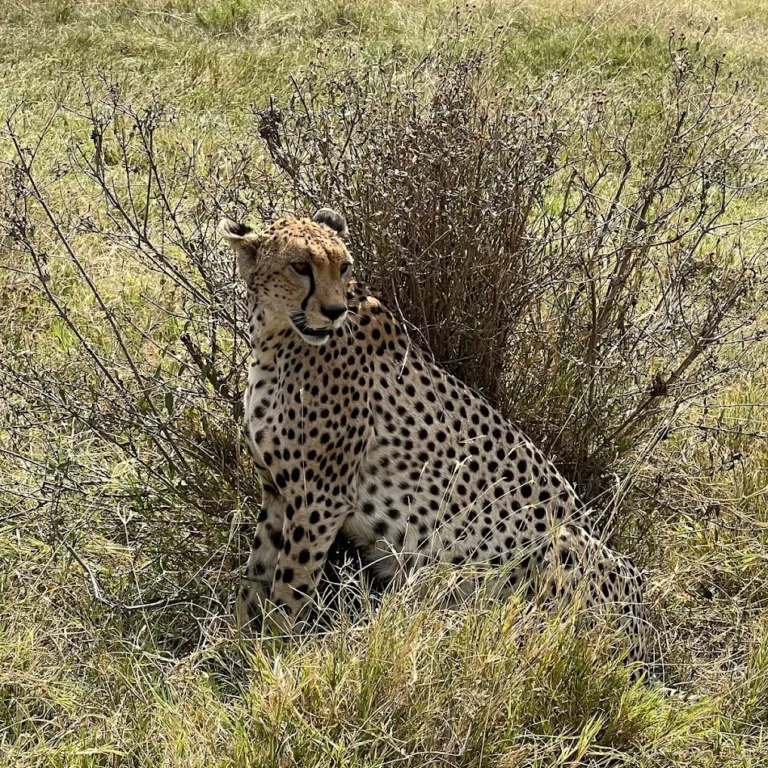What Challenges Do You Face On Mount Kilimanjaro Climbing?
Let’s have a glance at what challenges you might have to face during Climbing Mount Kilimanjaro: You may get severe altitude issues if you choose a route that is shorter than eight days. Spending the night in a tent and sleeping bag is well worth planning for. Dehydration, and you should be consuming 4 to 5 liters of water daily. Several people find it difficult to scramble up the Barranco wall.
Embarking on the journey to climb Mount Kilimanjaro is an lifetime adventure that give nice views and lifetime experiences. However, amidst the crucial beauty lies a myriad of challenges that hikers must overcome to reach the summit successfully. In this article, we delve into the various hurdles that hikers encounter on their ascent to Africa’s tallest peak.
1. Experience Rain, Wind, Hot, and Cold Temperature
Mount Kilimanjaro, with its diverse climate zones, subjects climbers to a wide range of weather conditions throughout their journey. From scorching heat at lower altitudes to bone-chilling cold at higher elevations, climbers must be prepared to face rain, wind, and extreme fluctuations in temperature. Proper layering of clothing, including moisture-wicking base layers and insulated outerwear, is essential to combat these weather challenges effectively. Additionally, protective gear such as hats, gloves, and sunglasses can shield against UV rays and harsh winds.
2. High Levels of UV Rays
Situated near the equator, Mount Kilimanjaro receives intense sunlight, resulting in high levels of UV radiation. Prolonged exposure to these harmful rays can lead to sunburns, skin damage, and even sunstroke. It is imperative for climbers to protect themselves by wearing sunscreen with a high SPF rating, along with sunglasses and wide-brimmed hats to shield their skin and eyes from the sun’s glare. Wearing protective clothing such as long-sleeved shirts, pants, and wide-brimmed hats can also provide an additional layer of defense against the sun’s harmful rays.
3. Extreme Altitude
Ascending to the summit of Mount Kilimanjaro means navigating through increasingly thin air and coping with the effects of high altitude. Altitude sickness is a significant concern for climbers, with symptoms such as nausea, headaches, and shortness of breath becoming more pronounced as altitude increases. Proper acclimatization, gradual ascent, and staying hydrated are crucial strategies for mitigating the risks associated with extreme altitude.
4. Climbing the Barranco Wall
The Barranco Wall is a notorious obstacle on the Machame Route, one of the most popular trails up Mount Kilimanjaro. One of the most exhilarating yet challenging sections of the climb is tackling the Barranco Wall, a steep rock face that demands both physical strength and mental fortitude. Climbers must navigate through a series of switchbacks and scramble over rocky terrain while maintaining their balance and focus. Harnessing proper climbing techniques and relying on the guidance of experienced guides are essential for safely conquering this formidable obstacle.
5. Dehydration
Staying hydrated is paramount for hikers undertaking the arduous journey up Mount Kilimanjaro. The combination of physical exertion, high altitude, and dry air can lead to dehydration if adequate fluid intake is not maintained. Carrying an ample supply of water and electrolyte-rich beverages, along with utilizing hydration reservoirs or water bottles with built-in filters, is essential for replenishing lost fluids and preventing dehydration. Dehydration can lead to fatigue, dizziness, headaches, and even more severe health issue, so it’s essential to drink plenty of fluids throughout the day. Carrying an adequate supply of water and electrolyte-replacement drinks is essential, as is taking regular breaks to rehydrate and rest.
6. Taste Different Food
During a Mount Kilimanjaro climb, climbers are often treated to a variety of culinary delights. Ranging from hearty stews and soups to fresh fruits and vegetables. However, the altitude and physical exertion can affect one’s appetite and taste buds. Making it challenging to eat and enjoy food as usual. Despite this, it’s essential to maintain a balanced diet rich in carbohydrates. Proteins, and fats to fuel the body for the arduous journey ahead. Eating small, frequent meals and snacks can help maintain energy levels and stave off hunger pangs.
7. Prepare for Sleeping Bag and Tent
A restful night’s sleep is crucial for climbers to recuperate and recharge after a long day of trekking. Investing in a high-quality sleeping bag and tent that offer adequate insulation and protection from the elements. Is essential for ensuring comfort and warmth during nights spent at higher altitudes. Additionally, utilizing sleeping pads. Or inflatable mattresses can enhance sleeping comfort and provide an extra layer of insulation against the cold ground.
8. The Final Ascent: Endurance and Determination
The culmination of the Mount Kilimanjaro climb is the final ascent to the summit. This arduous journey tests climbers’ endurance, determination. And mental fortitude as they navigate steep slopes and challenging terrain to reach the highest point in Africa.
The final push towards the summit requires focus, perseverance, and unwavering determination. Drawing upon inner strength and camaraderie with fellow hikers. Reaching the summit of Mount Kilimanjaro is a testament to human resilience and the triumph of the human spirit over adversity.
9. Insufficient Sleep: Prioritizing Rest and Recovery
Amidst the physical and mental demands of climbing Mount Kilimanjaro, no enough sleep can pose a significant challenge for climbers. Inadequate rest can impair cognitive function, diminish physical performance, and increase the risk of altitude-related illnesses.
To combat sleep deprivation, climbers should prioritize rest and recovery throughout the trip. Establishing a consistent sleep routine, creating a comfortable sleeping environment, . And practicing relaxation techniques can promote better sleep quality and overall well-being during the climb.
Kilimanjaro Climbing Experience
Explore Mount Kilimanjaro Climbing Experience, prices, reviews, Testimonial, cost, what to expect, packages, trips, trails, holidays, budget, mid range, luxury, family, honeymon, best time hike difficulty, all you need to know, success rate, the beginner’s Guide, Kilimanjaro Inspiring Stories routes- Courage & Climb Success, What is it like to climb Kilimanjaro? how hard is it? Book climb kili with us now.
What is the hardest part of climbing Kilimanjaro?
Umbwe route is one of the shortest routes to the Southern Glaciers. And the Western Breach and is considered the hardest and challenging route on Mount Kilimanjaro. The rapid speed of the ascent and steepness makes acclimatization very difficult.
How difficult is it to climb Mt. Kilimanjaro for an amateur climber with average fitness level and no previous experience in mountain climbing?
For an amateur with average fitness and no climbing experience, Mt. Kilimanjaro presents a considerable challenge. Its altitude of 5,895 meters (19,341 feet) requires acclimatization to prevent altitude sickness. The trek demands endurance, mental resilience, and determination. While technically non-technical, the steep ascents and rugged terrain demand physical exertion. With proper preparation, guidance, and pacing, it’s achievable, but not without its difficulties.
What is the difficulty of the Kilimanjaro routes?
Kilimanjaro Routes, Map, Success Rate, Difficulty, Comparison. The Umbwe Route is the most difficult route up the mountain. The routes with moderate difficulty levels are the Marangu route, Rongai route, and Northern Circuit route. While Shira Route, Machame route, and Lemosho route are equally challenging.
How difficult is it to climb Mount Kilimanjaro?
Mount Kilimanjaro is a fair difficult mountain to climb – recent research suggests that over 50% of those who attempt it suffer from mountain sickness and just over 65% of them are unable to reach the summit.
Conclusion: Challenges Will I Face When Climbing Kilimanjaro
Climbing Mount Kilimanjaro is a test of endurance, resilience. And determination, as hikers navigate through a myriad of challenges to reach the iconic summit. From unstable weather conditions and high altitude to steep terrain and physical exertion. Conquering Africa’s tallest peak requires meticulous preparation, unwavering perseverance, and a sense of adventure. By understanding and outline the challenges faced along the way. Climbers can embark on a journey of a lifetime and emerge victorious atop Mount Kilimanjaro.

